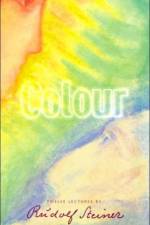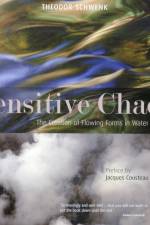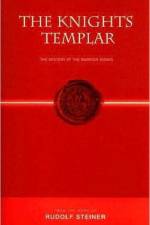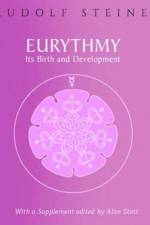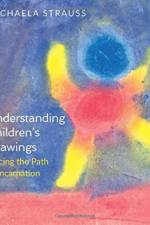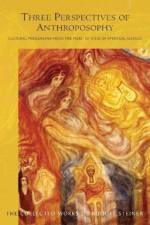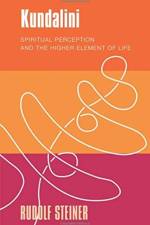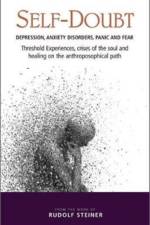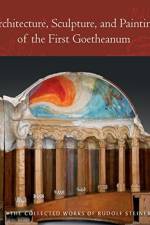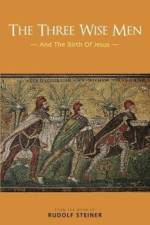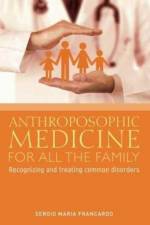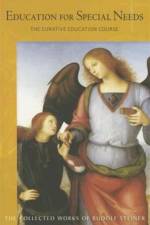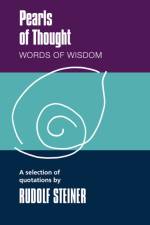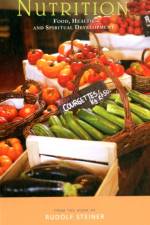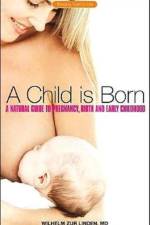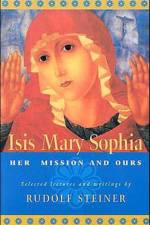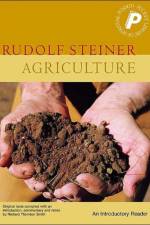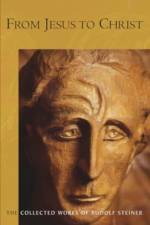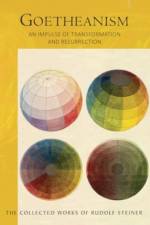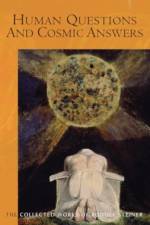- Her Mission and Ours
av Rudolf Steiner
317
The Rebirth of the feminine surrounds us in many forms -- from the worldwide movement for women's rights to the resurgence of interest in the feminine spirituality of the Goddess and the Divine Mother. What is the spiritual meaning of this rebirth? What is the feminine divine? Who is she?She has had many names in many cultures: Ishtar in Babylon, Inanna in Sumeria, Athena, Hera, Demeter, and Persephone in Greece, Isis in Egypt, Durga, Kali, and Lakshmi in India. She is the Shekinah of the Kabbalists and the Sophia, or Divine Wisdom of the gnostics.For Rudolf Steiner, she is Anthroposophia, the Divine Wisdom who descended from the spiritual world and passed through humanity to become now the goal and archetype of human wisdom in the cosmos.This book contains most of Rudolf Steiner's statements on Sophia. We see him, as it were, "midwifing" the birth of the Sophia, the new Isis, divine feminine wisdom, in human hearts on earth.Each chapter explores the mystery of the different relationships of Sophia: Sophia and Isis, Sophia and the Holy Spirit, Sophia and Mary, the mother of Jesus (and Mary Magdalene), Sophia and the Gnostic Achamod, and Sophia and the New Isis.Above all, in a remarkable way, Steiner makes clear the relationship of Christ and Sophia: Isis-Sophia, Divine Wisdom, slain by Lucifer, Carried off on wings of world-wide forces into cosmic space, The Christ-Will working in usWill wrest Her from LuciferAnd on vessels of spiritual knowledgeCall Isis-Sophia, Divine wisdom, to new life in human souls.

